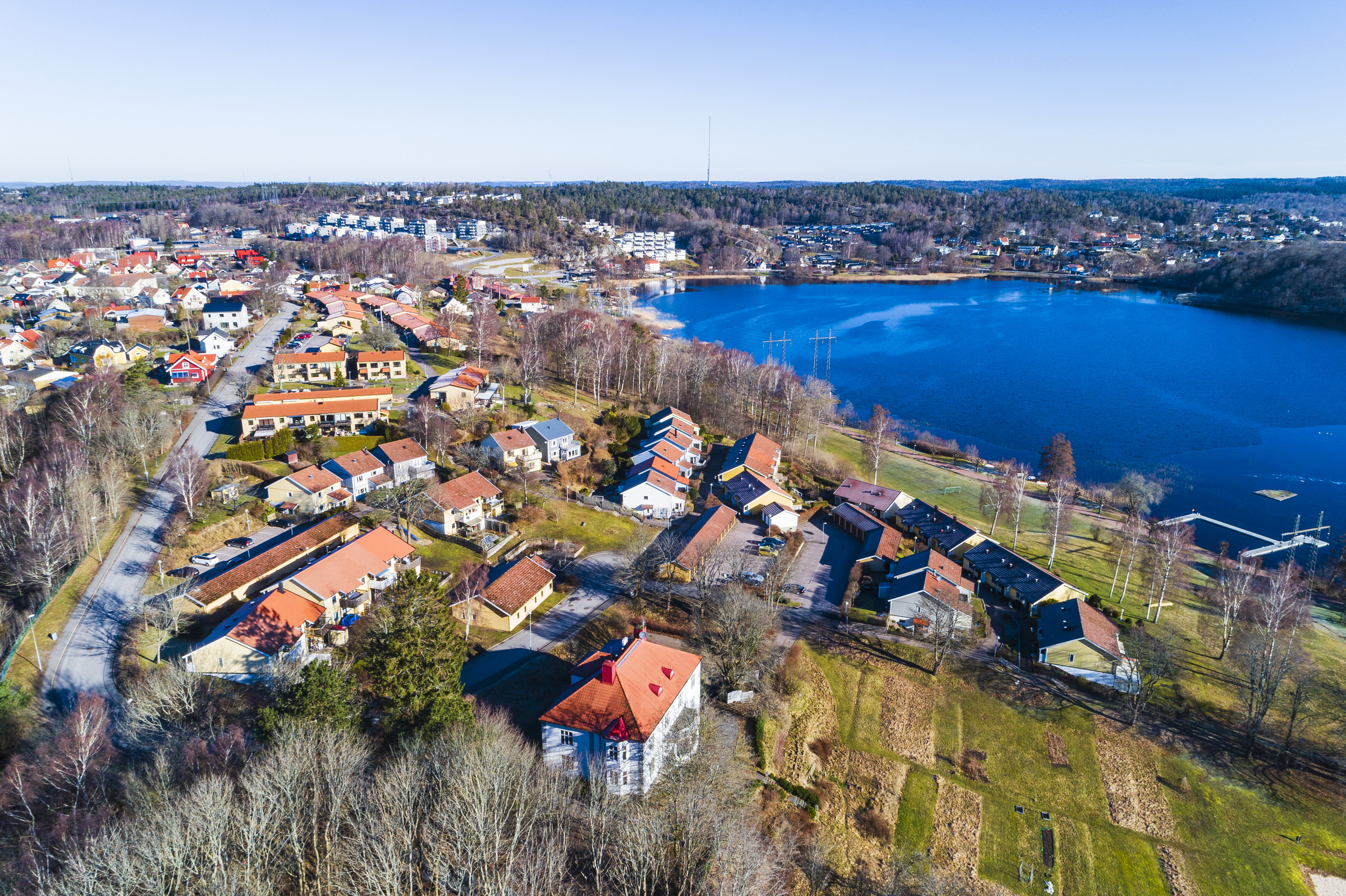Cascading natural hazards are characterised by one disaster triggering several others, a growing challenge in the wake of climate change.
To identify and map areas where cascading events are more likely to occur, the new methodology combines analytical approaches with GIS visualisation. It also enables assessments of where these event chains are most likely to happen and where preventive measures could be most effective.
“The method can be used in planning to help prioritise where monitoring or reinforcement measures should be implemented to have the greatest impact. It is an important step towards strengthening society’s resilience to complex natural disasters,” says Lisa Van Well, researcher at SGI and coordinator of the research project CAZULU, within which the method was developed.
The results also present the application and analysis of the methodology in two landslide-prone river areas in Sweden: the Göta River and the Ångermanälven River. The analysis showed that processes such as erosion, initial landslides and damming often play a central role in the development of cascading natural hazards.
“Along the Göta River, we identified areas where long chains of potential natural hazards could occur, while the possible event chains along the Ångerman River were often shorter but still significant,” says Hjördis Löfroth, Research Coordinator at SGI and lead author of the article.
The CAZULU project:
CAZULU (Cascading Natural Hazards: Visualizing, Learning and Understanding) was a cross-disciplinary research project aimed at understanding complex event chains related to landslides, river waves and flooding. CAZULU was financed by the Swedish Research Council Formas and the Swedish Civil Contingencies Agency.

